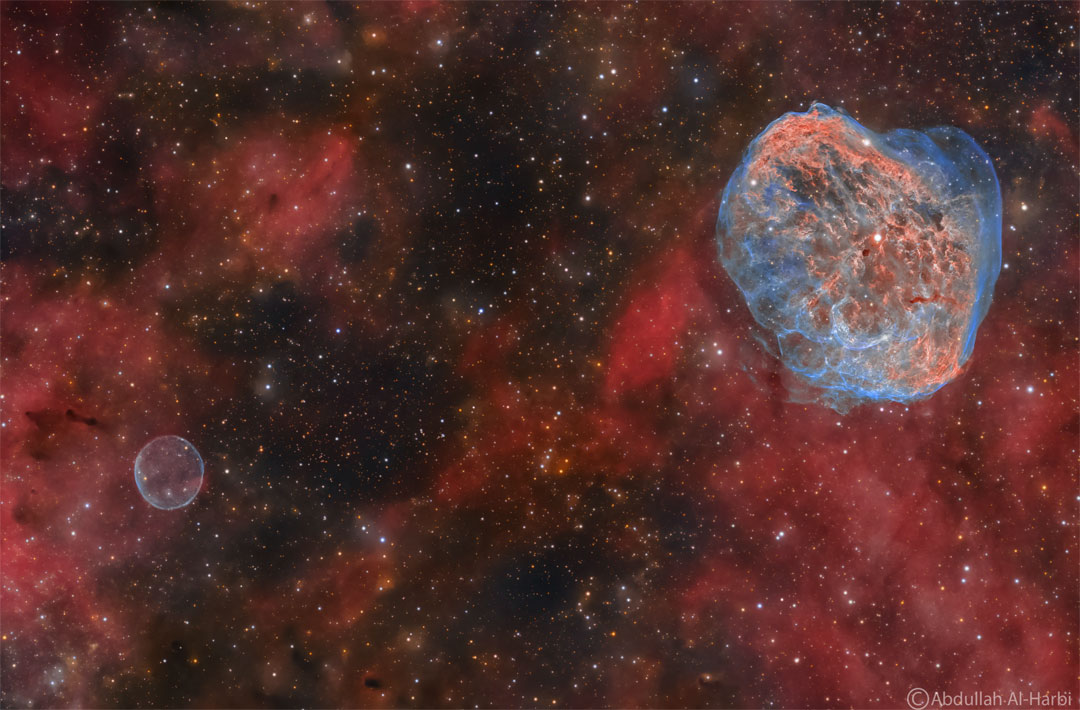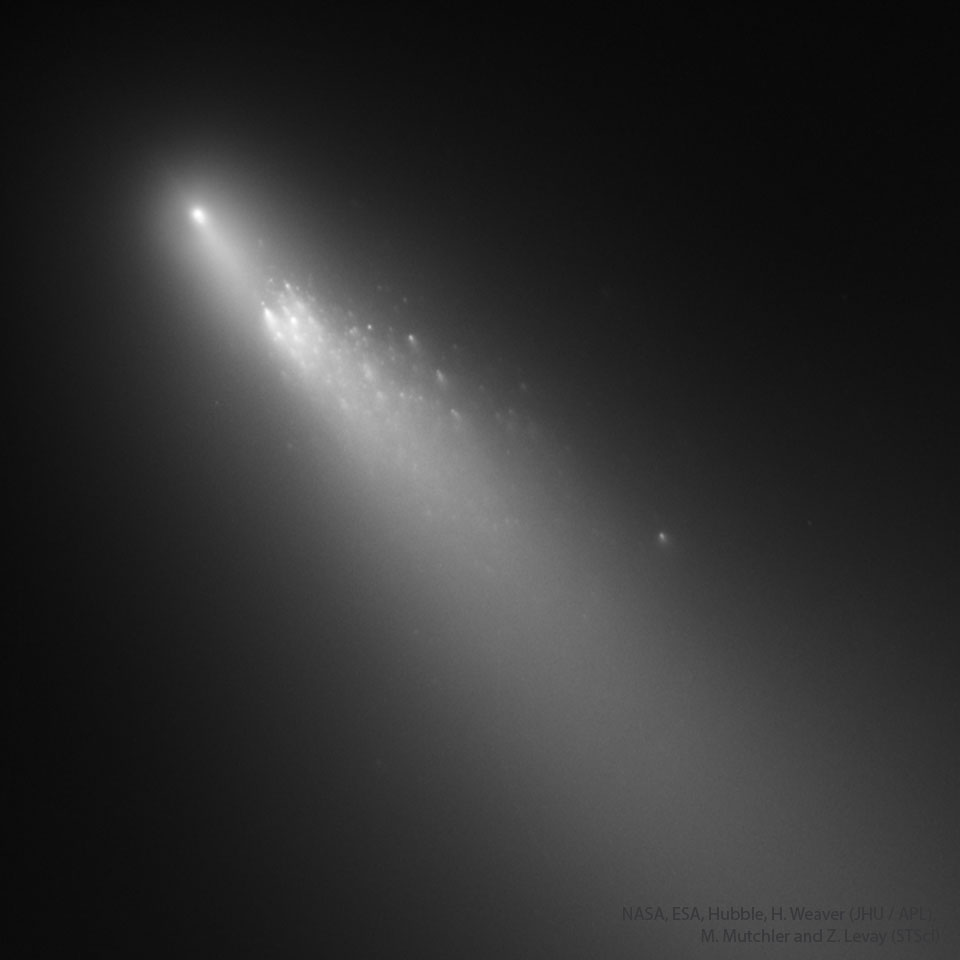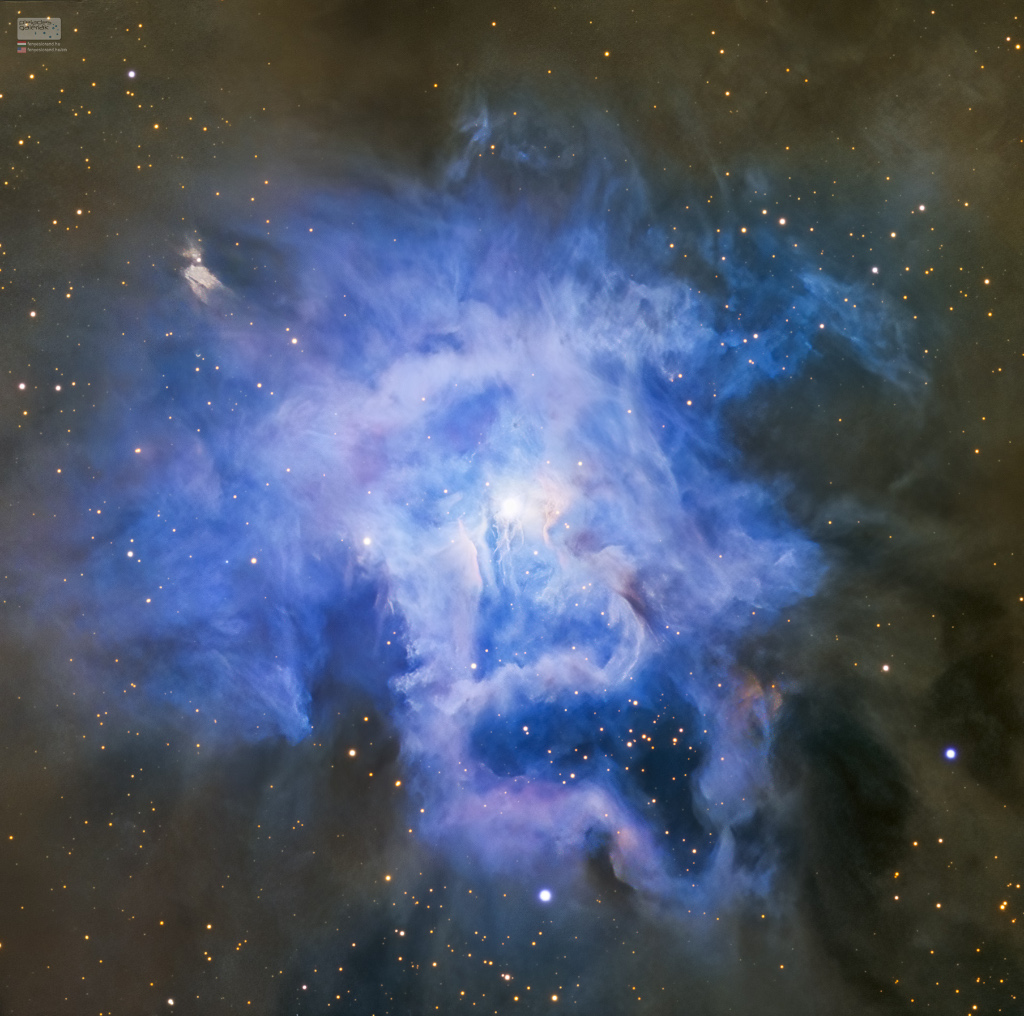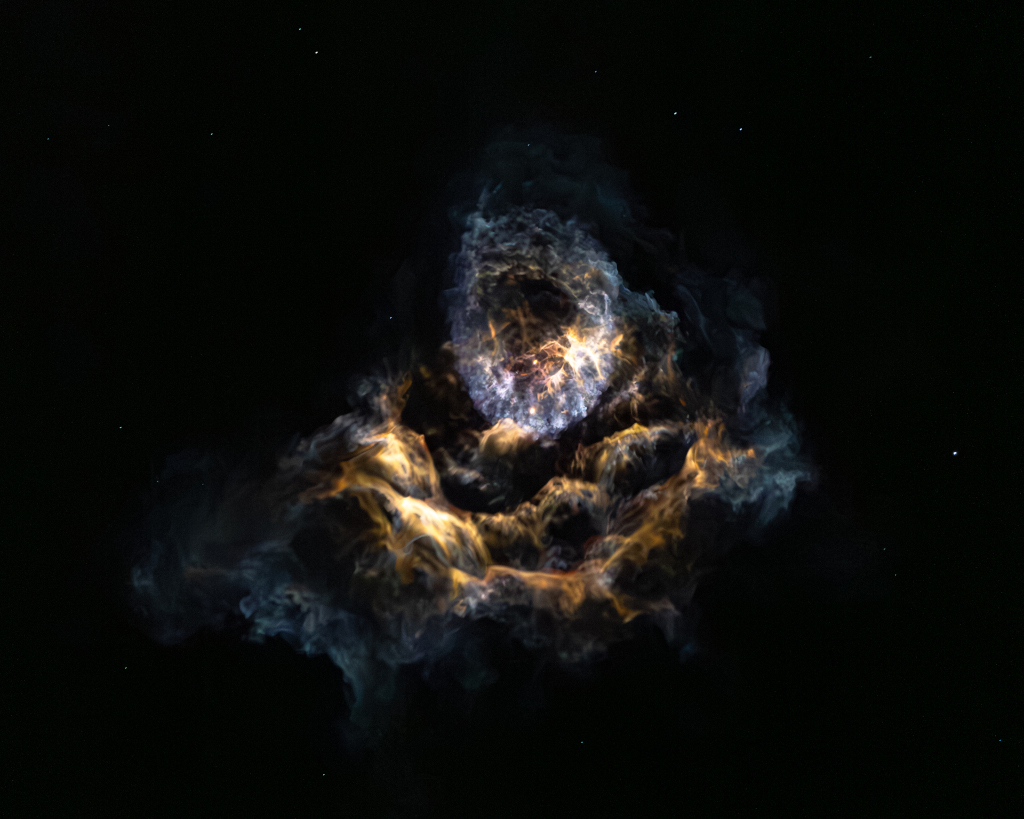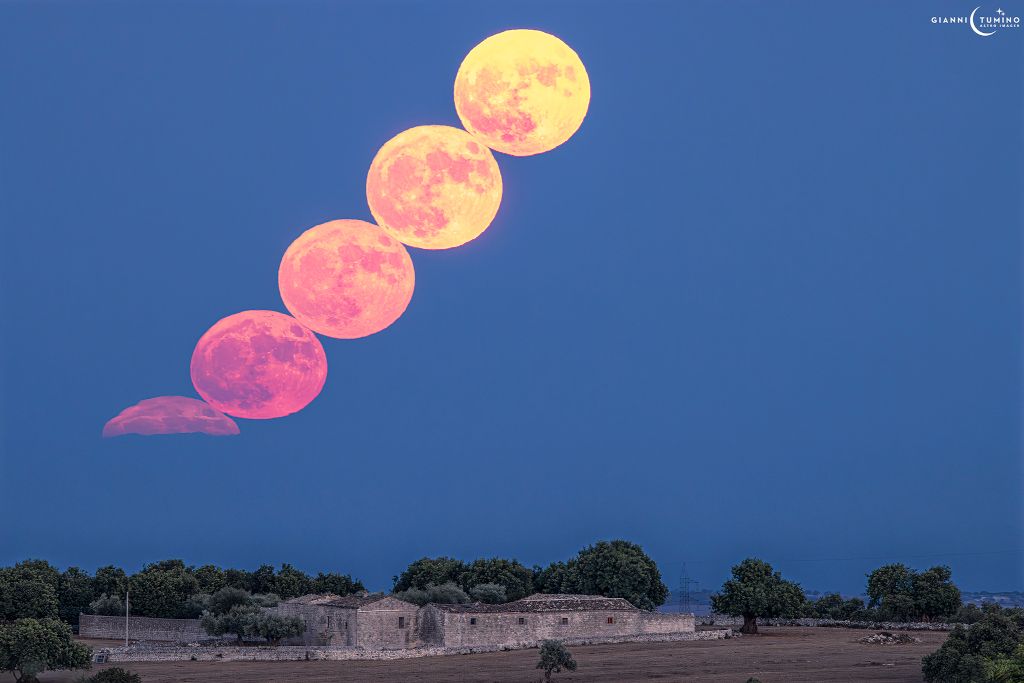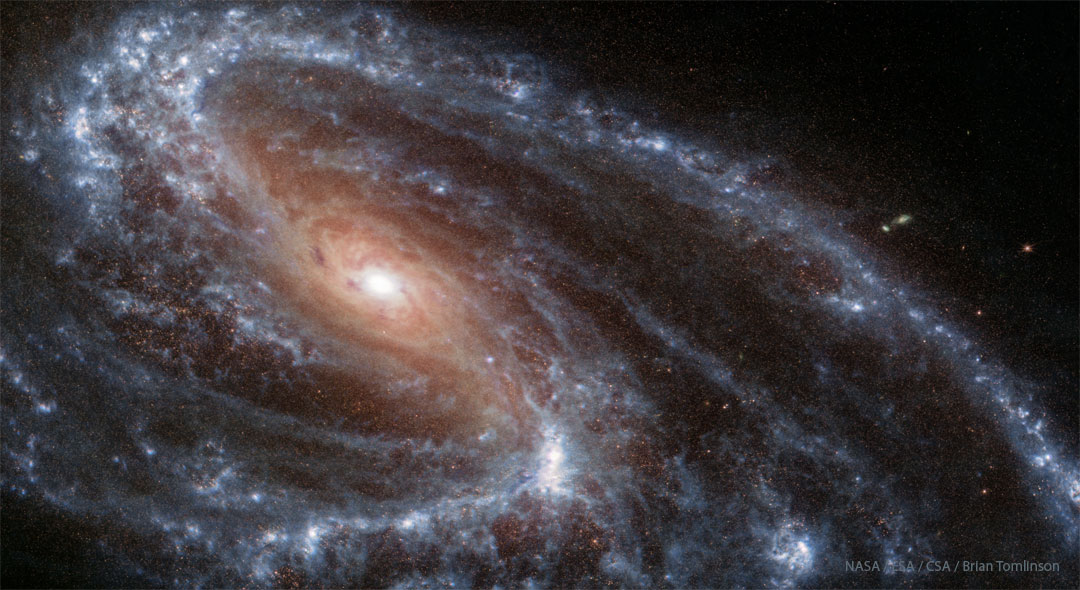Nombre total de pages vues
04/09/2023
AERONAUTIQUE - LES INVENTIONS QUI N'ONT JAMAIS VOLE - L’hélicoptère imaginaire de Gabriel de la Landelle
ASTRONOMY - Cygnus: Bubble and Crescent
2023 September 4
Credit & Copyright: Abdullah Al-Harbi
Explanation: As stars die, they create clouds. Two stellar death clouds of gas and dust can be found toward the high-flying constellation of the Swan (Cygnus) as they drift through rich star fields in the plane of our Milky Way Galaxy. Caught here within the telescopic field of view are the Soap Bubble (lower left) and the Crescent Nebula (upper right). Both were formed at the final phase in the life of a star. Also known as NGC 6888, the Crescent Nebula was shaped as its bright, central massive Wolf-Rayet star, WR 136, shed its outer envelope in a strong stellar wind. Burning through fuel at a prodigious rate, WR 136 is near the end of a short life that should finish in a spectacular supernova explosion. Discovered in 2013, the Soap Bubble Nebula is likely a planetary nebula, the final shroud of a lower mass, long-lived, Sun-like star destined to become a slowly cooling white dwarf. Both stellar nebulas are about 5,000 light-years distant, with the larger Crescent Nebula spanning about 25 light-years across. Within a few million years, both will likely have dispersed.
03/09/2023
ASTRONOMY - Comet Schwassmann-Wachmann 3 Fragments
2023 September 3
Credit: NASA, ESA, H. Weaver (JHU / APL), M. Mutchler and Z. Levay (STScI)
Explanation: Periodic comet 73P/Schwassmann-Wachmann 3 has broken up at least twice. A cosmic souffle of ice and dust left over from the early solar system, this comet was first seen to split into several large pieces during the close-in part of its orbit in 1995. However, in the 2006 passage, it disintegrated into dozens of fragments that stretched several degrees across the sky. Since comets are relatively fragile, stresses from heat, gravity and outgassing, for example, could be responsible for their tendency to break up in such a spectacular fashion when they near the hot Sun. The Hubble Space Telescope recorded, in 2006, the featured sharp view of prolific Fragment B, itself trailing a multitude of smaller pieces, each with its own cometary coma and tail. The picture spans over 3,000 kilometers at the comet's distance of 32 million kilometers from planet Earth.
02/09/2023
ASTRONOMY - NGC 7023: The Iris Nebula
2023 September 2
Image Credit & Copyright: Lorand Fenyes
Explanation: These cosmic clouds have blossomed 1,300 light-years away in the fertile starfields of the constellation Cepheus. Called the Iris Nebula, NGC 7023 is not the only nebula to evoke the imagery of flowers. Still, this deep telescopic image shows off the Iris Nebula's range of colors and symmetries embedded in surrounding fields of interstellar dust. Within the Iris itself, dusty nebular material surrounds a hot, young star. The dominant color of the brighter reflection nebula is blue, characteristic of dust grains reflecting starlight. Central filaments of the reflection nebula glow with a faint reddish photoluminescence as some dust grains effectively convert the star's invisible ultraviolet radiation to visible red light. Infrared observations indicate that this nebula contains complex carbon molecules known as PAHs. The dusty blue petals of the Iris Nebula span about six light-years.
01/09/2023
ASTRONOMY - The Crew-7 Nebula
2023 August 31
Image Credit & Copyright: Michael Seeley
Explanation: Not the James Webb Space Telescope's latest view of a distant galactic nebula, this illuminated cloud of gas and dust dazzled early morning spacecoast skygazers on August 26. The snapshot was taken about 2 minutes after the launch of a Falcon 9 rocket on the SpaceX Crew-7 mission, the seventh commercial crew rotation mission for the International Space Station. It captures drifting plumes and exhaust from the separated first and second stage illuminated against the still dark skies. Near the center of the image, within the ragged blueish ring, are two bright points of light. The lower one is the second stage of the rocket carrying 4 humans to space in a Crew Dragon spacecraft. The bright point above is the Falcon 9 first stage booster orienting itself for the trip back to Landing Zone-1 at Cape Canaveral, planet Earth.
30/08/2023
ASTRONOMIE - Les plus beaux astres de la voie lactée - Mars
© Nasa, Wikimedia Commons, DP
VEGETAUX - Cyprès dans la brume - Cyprès chauve - Texas - USA

ASTRONOMY - Full Moons of August
2023 August 30
Image Credit & Copyright: Gianni Tumino
Explanation: Near perigee, the closest point in its almost moonthly orbit, a Full Moon rose as the Sun set on August 1. Its brighter than average lunar disk was captured in this dramatic moonrise sequence over dense cloud banks along the eastern horizon from Ragusa, Sicily. Illuminating night skies around planet Earth it was the second supermoon of 2023. Yet again near perigee, the third supermoon of 2023 will also shine on an August night. Rising as the Sun sets tonight this second Full Moon in August will be known to some as a Blue Moon, even though scattered sunlight gives the lunar disk a reddened hue. Defined as the second full moon in a calendar month, blue moons occur only once every 2 or 3 years. That's because lunar phases take 29.5 days, almost a calendar month, to go through a complete cycle. Tonight an August Blue Moon will find itself beside bright planet Saturn.
29/08/2023
ASTRONOMY - Unusual Spiral Galaxy M66 from Webb
2023 August 29
Image Credit: NASA, ESA, CSA, JWST; Processing: Brian Tomlinson
Explanation: Why isn't spiral galaxy M66 symmetric? Usually, density waves of gas, dust, and newly formed stars circle a spiral galaxy's center and create a nearly symmetric galaxy. The differences between M66's spiral arms and the apparent displacement of its nucleus are all likely caused by previous close interactions and the tidal gravitational pulls of nearby galaxy neighbors M65 and NGC 3628. The galaxy, featured here in infrared light taken by the James Webb Space Telescope, spans about 100,000 light years, lies about 35 million light years distant, and is the largest galaxy in a group known as the Leo Triplet. Like many spiral galaxies, the long and intricate dust lanes of M66 are seen intertwined with the bright stars and intergalactic dust that follow the spiral arms.
ASTRONOMY - Unicorn, Fox Fur and Christmas Tree
2025 December 25 Unicorn, Fox Fur and Christmas Tree Image Credit & Copyright : Michael Kalika Explanation: A star forming region ...
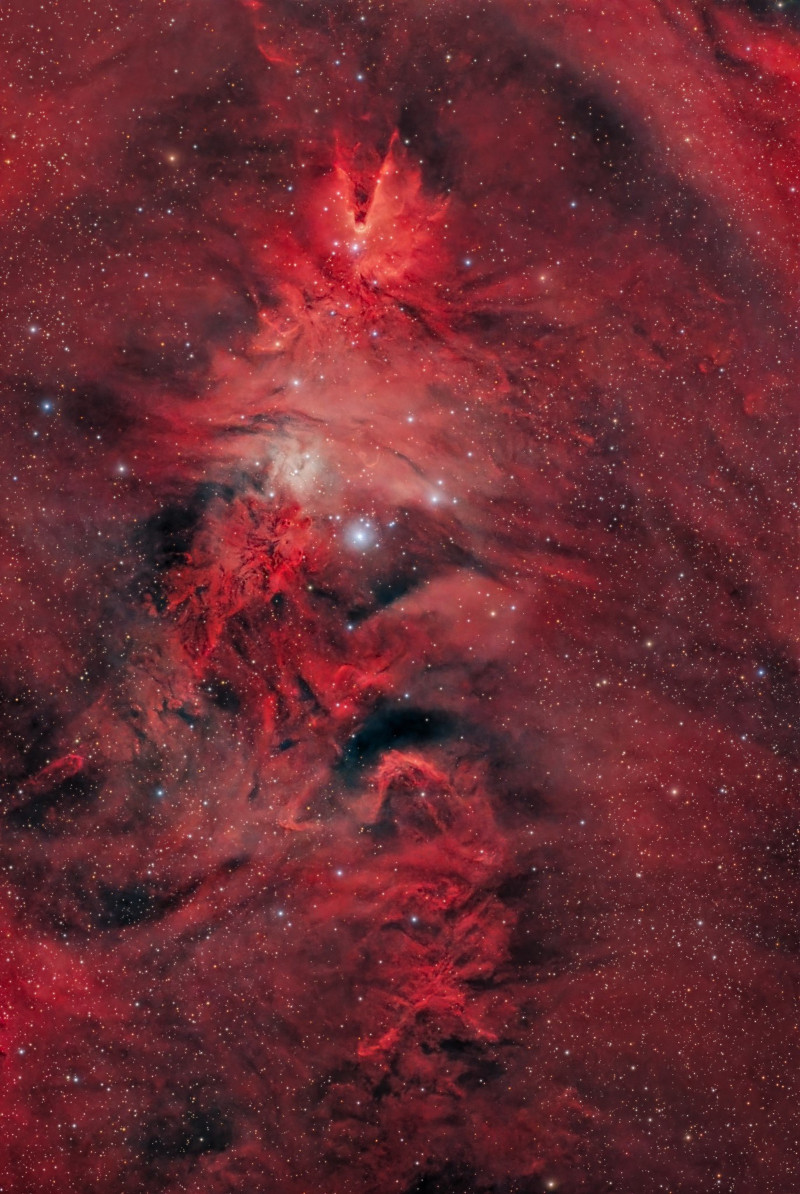
-
2022 September 26 All the Water on Planet Earth Illustration Credit: Jack Cook, Adam Nieman, Woods Hole Oceanographic Institution ; Data ...
-
2025 May 11 The Surface of Venus from Venera 14 Image Credit: Soviet Planetary Exploration Program , Venera 14 ; Processing & Copyri...

